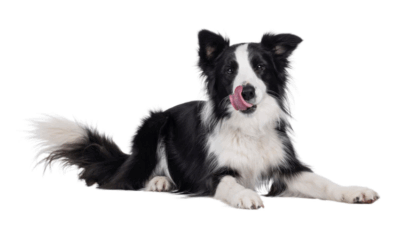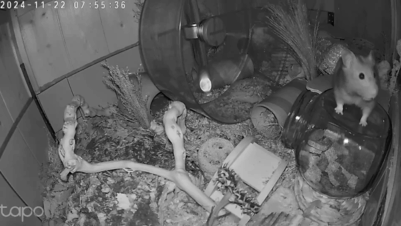THE 17th International Symposium and 9th International Conference on Lameness in Ruminants will be held at the University of Bristol from Sunday 11th to Wednesday 14th August.
This is an event not to be missed: where else can you get five days of the latest findings on cattle and sheep lameness research from around the world, and this time right on our doorstep!
The last time the symposium was in the UK was 23 years ago, in 1990 at Liverpool, and jointly organised by the BCVA and Richard Murray. This year it’s the turn of Bristol, under the organisation of Becky Whay, David Barrett and colleagues.
The conference on lameness in ruminants started in Utrecht in 1976 and meets every second year in different venues around the world. Paul Greenhough and David Weaver, stalwarts of the lameness world, were among the founder members, with Carlos Mortellaro joining soon afterwards. Professor Weaver will be attending the Bristol meeting – he has missed only one of the 17 symposia.
Invited speakers for this year include Karin Orsel, University of Calgary, discussing cow comfort on Canadian dairy farms; Richard Laven (NZ) giving the New Zealand experience; Jon Huxley of the University of Nottingham and Roger Blowey (UK) summarising the changes in our perception of lameness risk factors in a review of past conferences.
Although primarily a simple bacterial infection, digital dermatitis remains one of the major causes of cattle lameness, especially if you include conditions such as toe necrosis and the other “non healing” lesions. Watching the infection spread from Italy up across Europe, and then doing nothing to prevent its entry into the UK in 1985, must have been one of the biggest biosecurity lapses ever!
To address the subject, Dorte Dopfer will be presenting the latest research findings on digital dermatitis from Wisconsin, Peter Thomsen (Aarhus University) on European experiences and, having seen a sneak preview, I know that Nick Evans (University of Liverpool) and associated workers have some fairly dramatic new data to offer in this and associated presentations.
At the symposium in New Zealand in 2011 there were 230 delegates from 34 different countries, with interests in cattle, sheep, goats and camels in a range of farming systems, so be prepared for a wide range of views.
Farm visits
The Bristol symposium has preconference farm visits on Sunday, which will give you a chance to start to meet other delegates before the main business starts. In New Zealand we visited an interesting “Cow Home”, where a slatted floor lying area was simply covered by a polythene roof. Practical and efficient, good New Zealand style!
The theme for this year’s symposium in Bristol is Lameness in ruminants: past, present and future.
My own experience of “the theme” is that it only influences the keynote speaker topics! The remainder of the orally presented abstracts have in the past covered an amazing range of subjects, from detailed presentations relating to the 3-D structure of arteriovenous shunts and chromosomal variations in relation to the genomics of digital dermatitis, to highly practical topics such as recommendations for claw trimming.
Having attended all of the symposia since Liverpool 1990, I can assure all would-be attendees that you will not be disappointed. It’s a good way to learn, a good way to meet friends and a good way to make travel plans for the future.
Further details, including submission of abstracts, are available from www.bristol.ac.uk/vetscience/lamenessconf.






